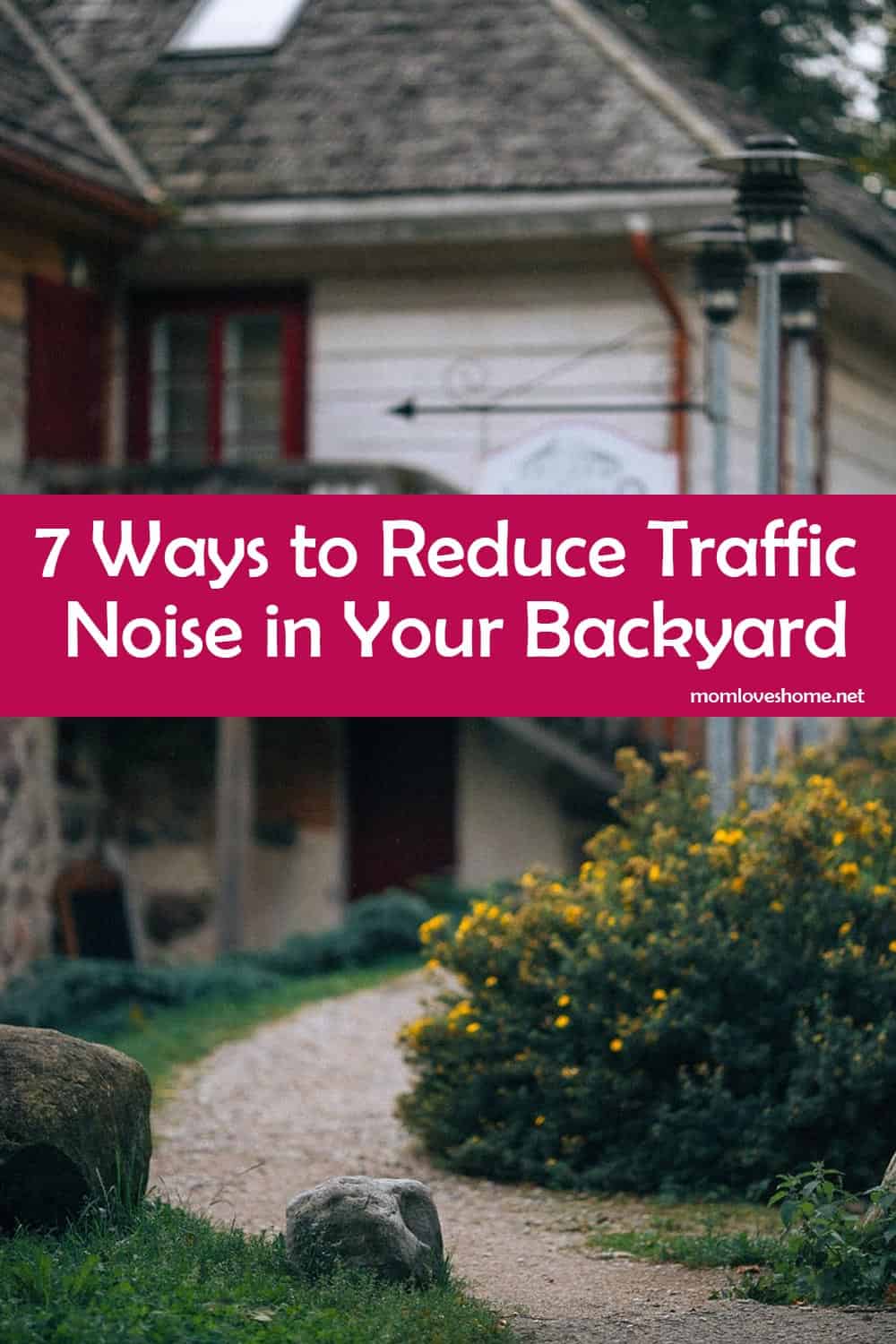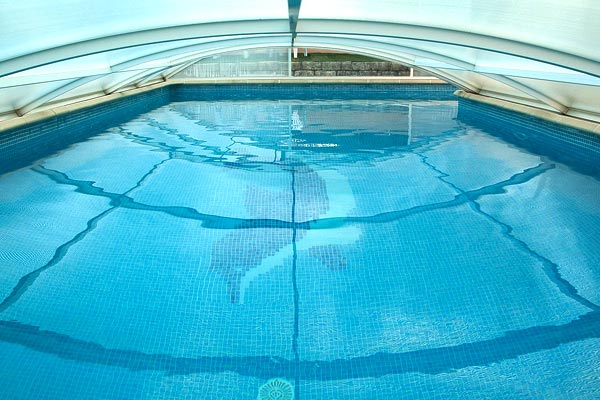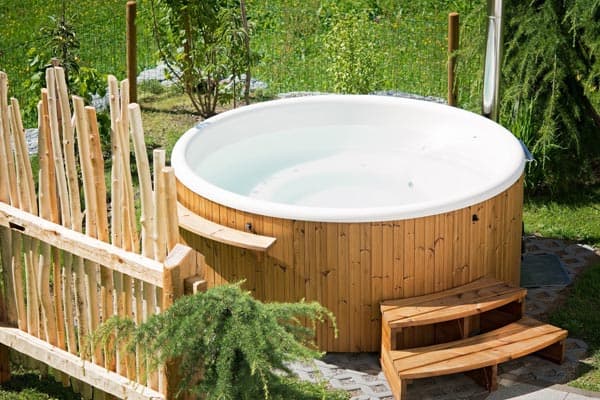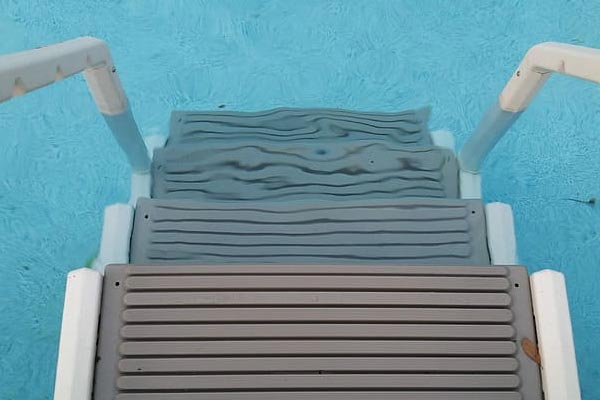7 Ways to Reduce Traffic Noise in Your Backyard
Excessive and constant noise levels can be very irritating and unpleasant, especially if you’re hearing them right in your backyard.
Whether it’s construction, traffic noises, or neighborhood kids playing, noises can drift into your home and yard, and it can send you scrambling to find a way to block the excess noise to turn your backyard into a blissfully quiet sanctuary.
But, how to reduce traffic noise in my backyard?
The quick answer is that you’ll have to create some sort of barrier between your yard and the invading noise. You can do this by constructing a traditional fence or using vegetation to make a living wall, or you have other options that we’ll go over. The types of noise you hear are also a factor, and we’ll cover the two types of noise as well.
It’s important that you take steps to take care of the noise because noise pollution can actually negatively impact your well-being.
It could cause poor concentration, stress, irregular sleeping patterns, and hearing loss at high levels. So, we recommend taking a look at the following ideas and incorporating them into your yard as soon as you can.
Understanding the Two Types of Noise
You have to understand the type of noise that is coming into your yard before you figure out which is the best barrier for it. The two types of noise are:
- Sound deflection
- Sound attenuation
What is Sound Deflection?
Sound deflection is where you put up or create a barrier that bounces the sound away before it reaches you, and this is exactly why you’ll find walls running along highways to help deflect the noise away from neighborhoods.
It’s helpful to think of sounds like a stream of water or waves, and the best way to stay dry is to erect a barrier between you and the wall to reroute it before it reaches you.
Unfortunately, deflection can be more challenging to handle because your barrier has to be as close to the sound as you can get it without getting in anyone’s way.
Since most people’s backyards are right around where the noise originates from, it’s easy to find something that’ll absorb the noise instead of deflecting it.
What is Sound Attenuation?
The more common approach to dealing with sound in your yard and minimizing it is by using sound attenuation.
This approach allows your barrier to absorb the sound, and you can use the water scenario here to get a better understanding of how it works.
You can think of this barrier like an umbrella in a rainstorm, or it’s like a barrier you put in front of you to absorb the water before it reaches you.
Seven Popular Types of Noise Barriers
You have options when it comes to creating a noise barrier for your backyard, and the option you pick will depend on your personal preferences and what you have space to put up.
1. Wooden Fencing
Most backyards use a wooden fence as a noise barrier because they do a decent job, and they’re relatively easy to install.
Most big box stores have all of the supplies you have, or you can get finished fence panels to make the project easier.
When you install this fence, you want to ensure it goes all of the way down to the ground to keep the sound from seeping in at the bottom while also working to contain your pets.
Try to go for thicker materials for your fence to help absorb the sound better, and make sure you double-check the height of the fence with local regulations if you want to install a fence that is eight feet high or more.
Most fences are six feet tall, but most municipalities require a permit for anything above six to eight feet with proper documentation.
If this is the case, allow several weeks for your permit application to process before your project’s start date.
2. Shrubbery
You may have noticed that sounds appear to be louder in the fall and winter months, and this is partially due to the fact that a lot of trees and shrubs drop their leaves to allow for sound to travel farther.
You can plant shrubbery around the perimeter of your yard to help absorb sound, but you want to get taller options that are evergreen, so they keep their leaves all year-round.
Boxwood is one nice choice that you can easily trim or shape to your desired look and height, and it’s thick enough to block a host of noise.
3. Brick Fencing
Density is a huge contributing factor to how successful a barrier is at absorbing noise, and brick is much denser than the majority of fencing materials.
It will cost more money to construct as you will most likely have to hire a professional contractor to come in and complete it for you.
You’ll also need a permit and most places, but this is popular in subdivisions because it’s excellent at absorbing sounds for homeowners.
4. Acoustic Fencing
If you want a structure that gets exactly built to reduce noise levels, you may want to look into acoustic fencing.
It can reduce noises by as much as 50% with the proper installation, and it’s less expensive and time-consuming than a traditional wooden or brick fence.
It also has a range of finishes available you can pick from, and this allows you to customize your look to suit your needs.
5. Trees or Plants
Although this is very similar to the shrubbery idea we touched on earlier, using vegetation allows you to pick and choose a mixture of trees and plants that complement your home’s decor without sticking to a single shape or size.
You want to pick out trees or plants that are high and dense enough to absorb most of the sound before it gets into your backyard, and they tend to be relatively easy to maintain all year-round.
6. Land Structures or a Berm
Not everyone will be able to use this solution, but if you’re someone who is able to build up a berm around your backyard, it can easily cut the traffic noise around your home.
You could also excavate the land and create taller structures to absorb the sound, but this is a very labor-intensive task that will take a lot of time, and it can cost a decent amount.
7. Water Features
If you want to get a certain design in your backyard that includes a water feature, the water feature can create a pleasant noise to block out the traffic sounds.
You should note that adding a water feature is adding white noise instead of actually blocking out the traffic sounds, but the end result is ultimately the same thing.
You could get a water feature as easily as purchasing a fountain to sit on your table, or you could create a pond or creek that flows through your yard.
Bottom Line
It’s possible to reduce traffic noise in your backyard, and you have several options available to you that you can tailor to fit into your budget.
If you get it right, you’ll be able to block out a majority of the traffic noise around your home and enjoy relaxing in your yard any time you like.







